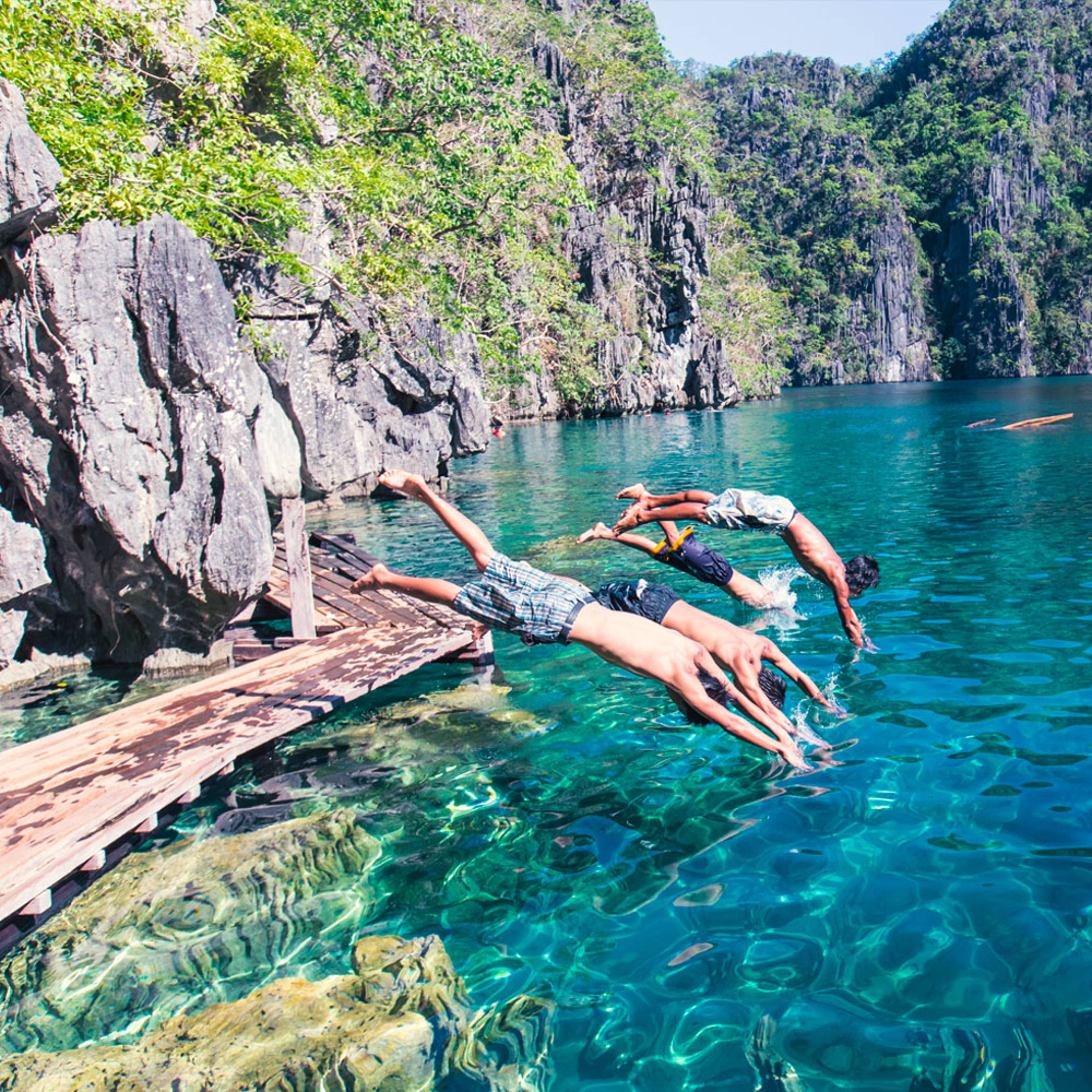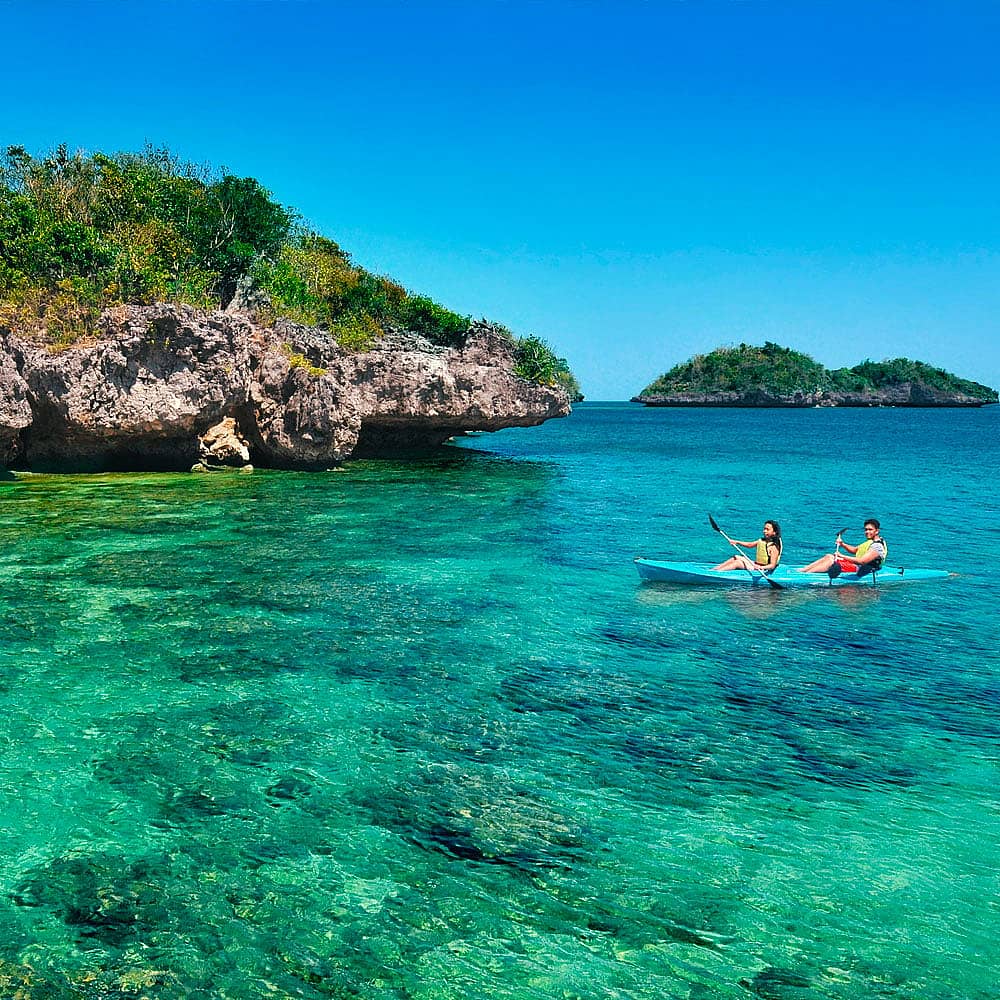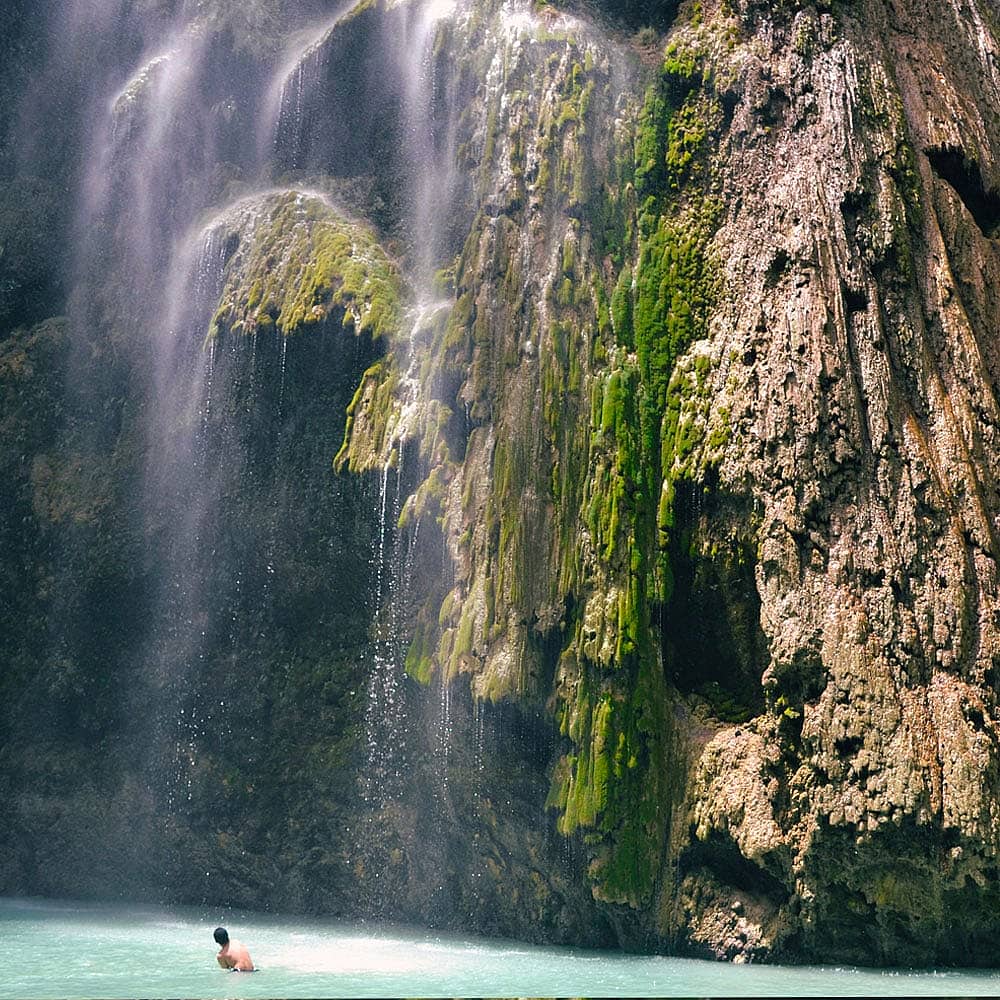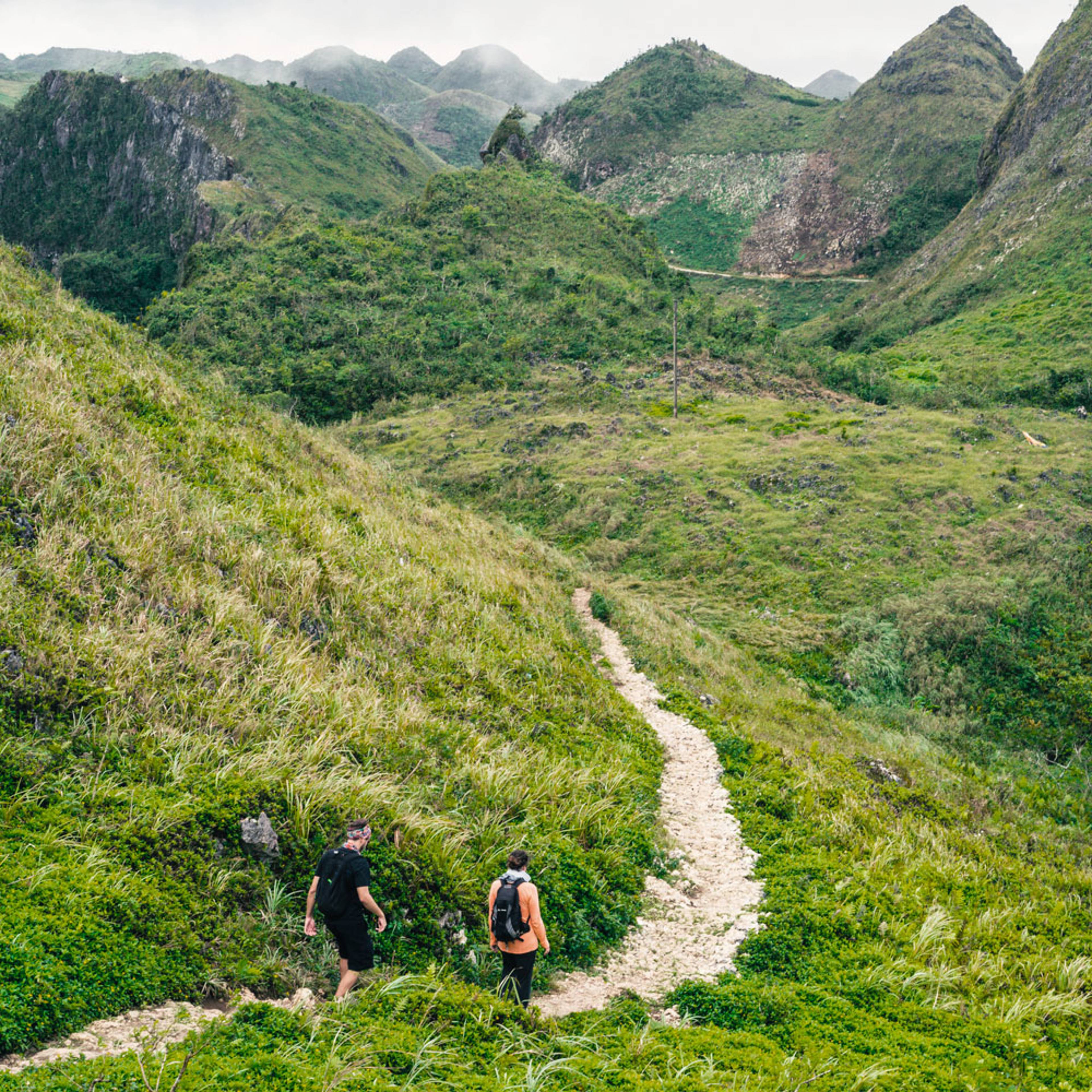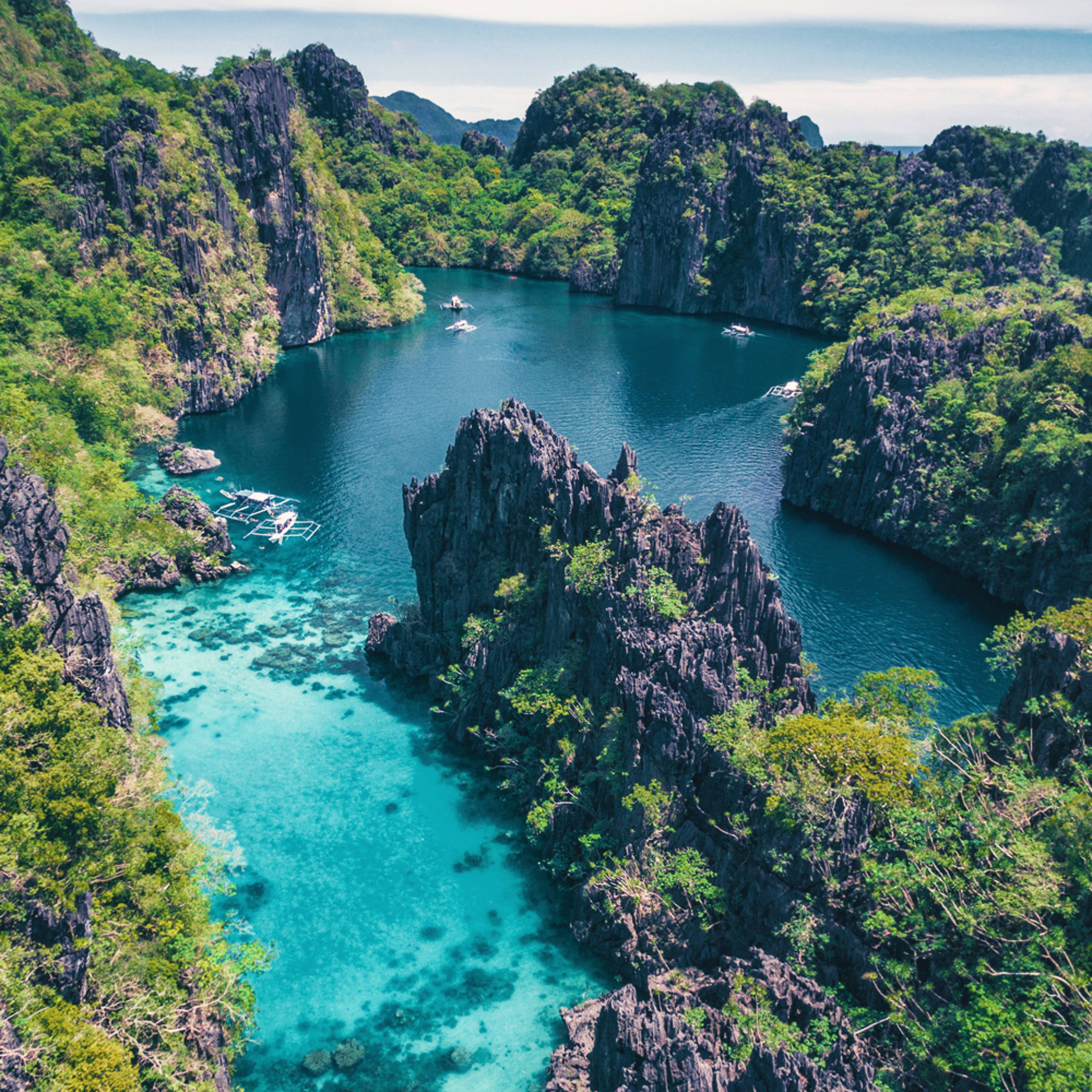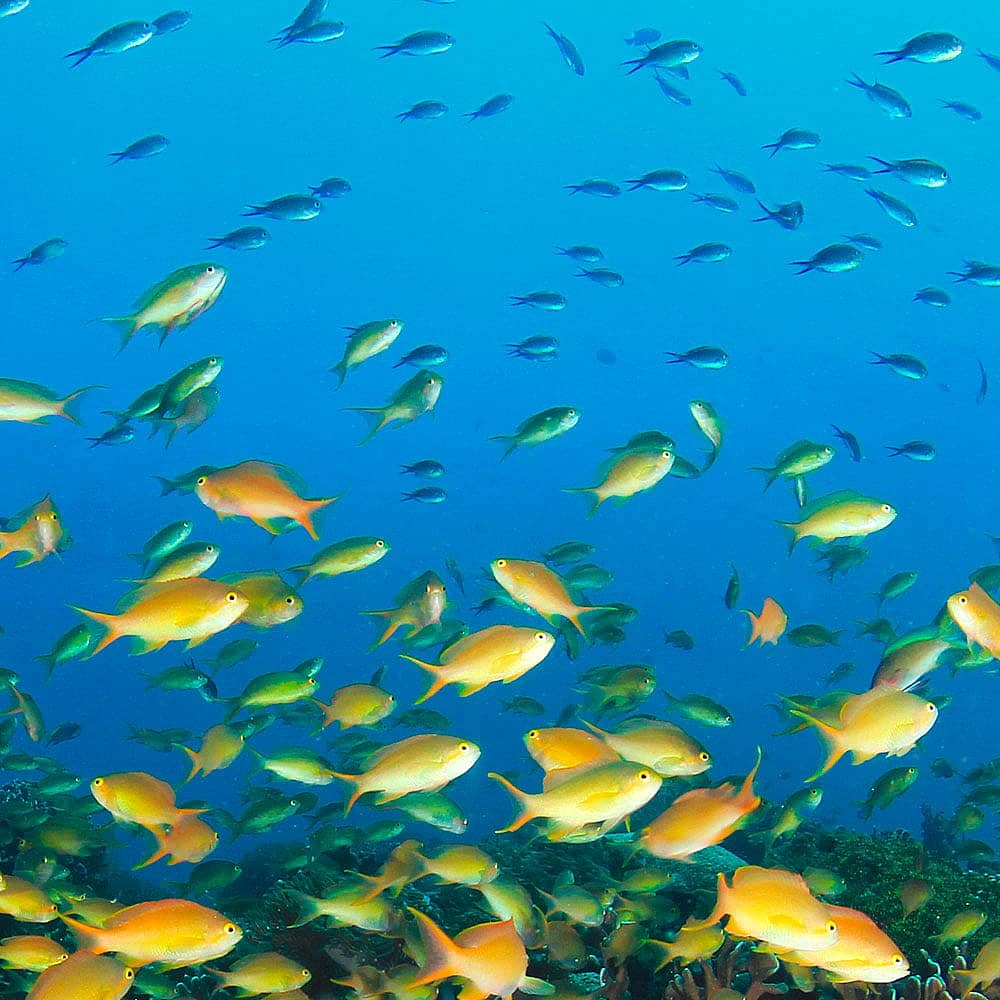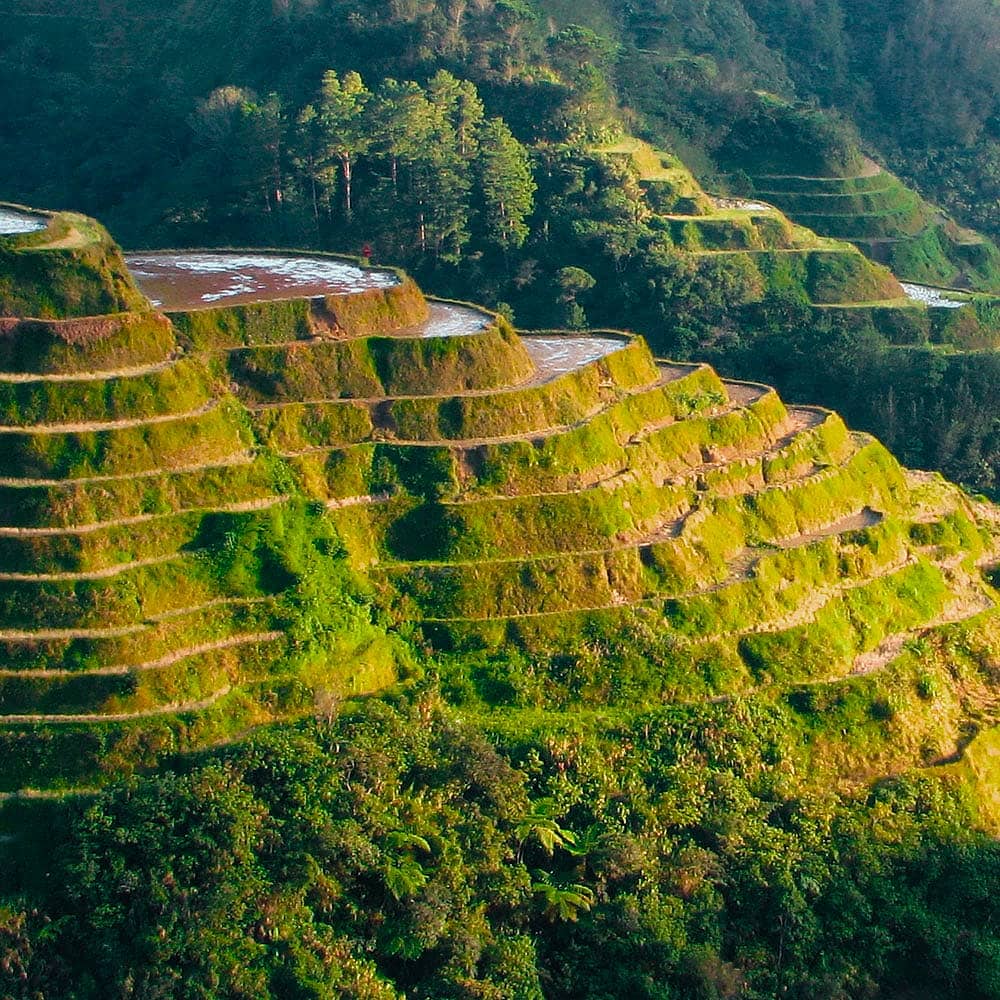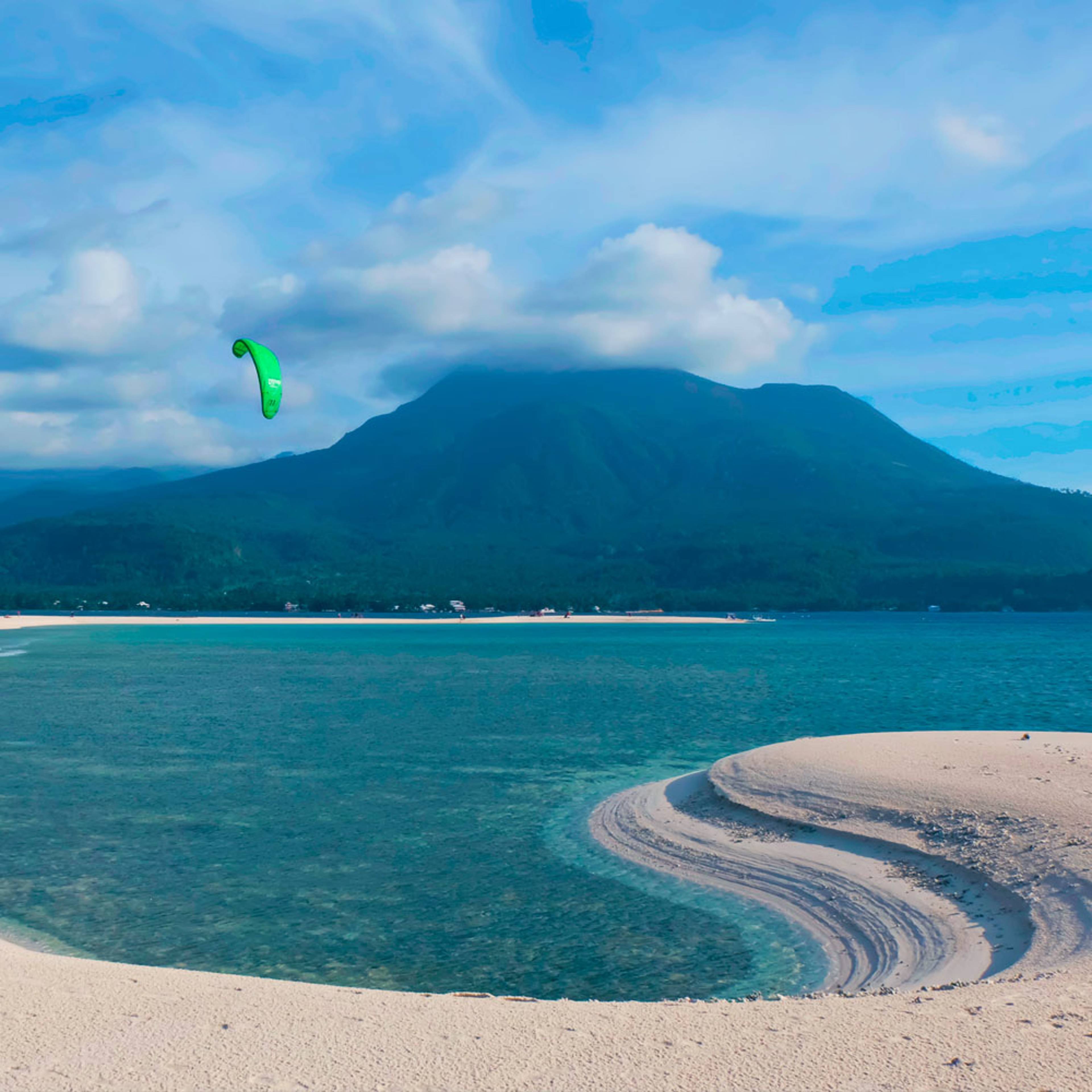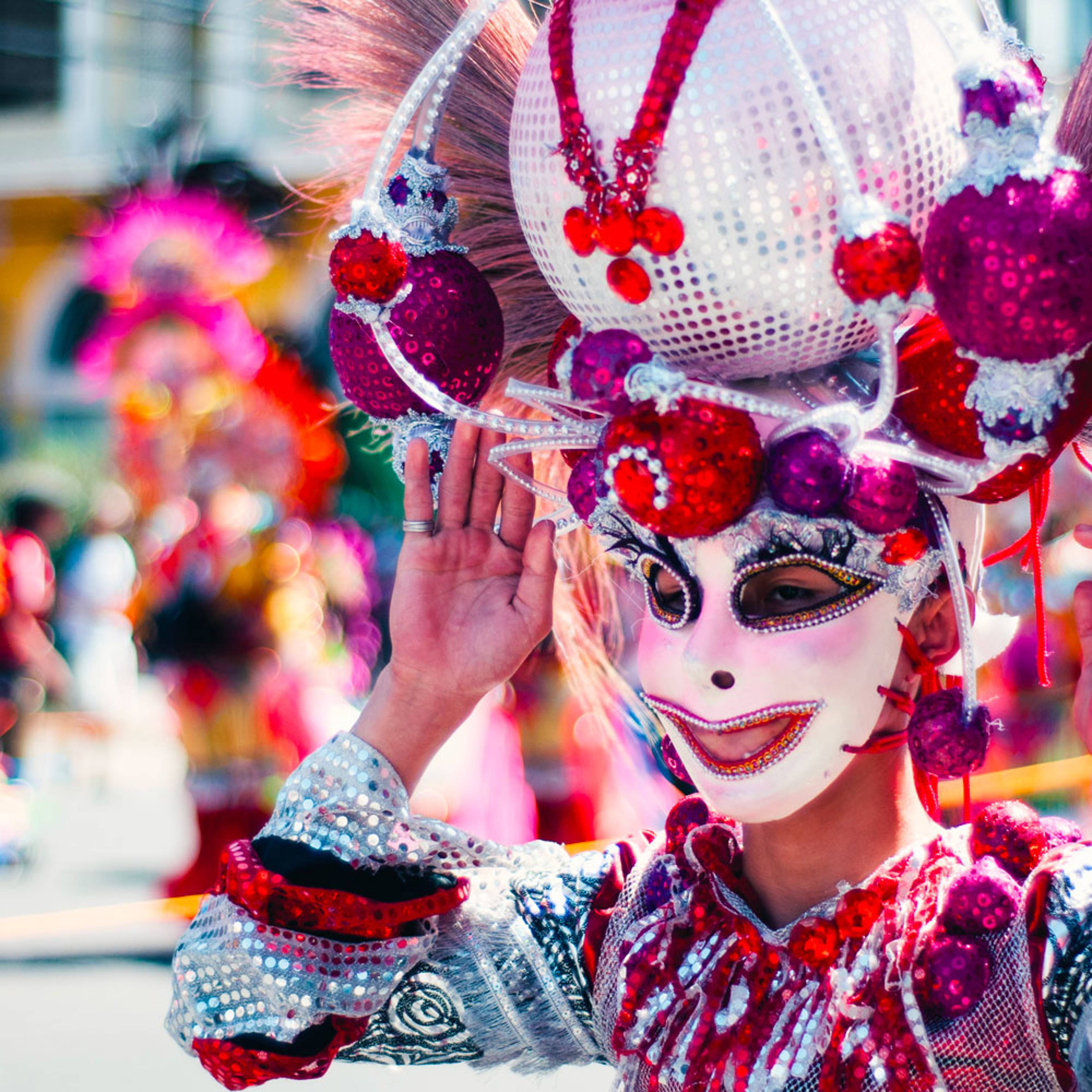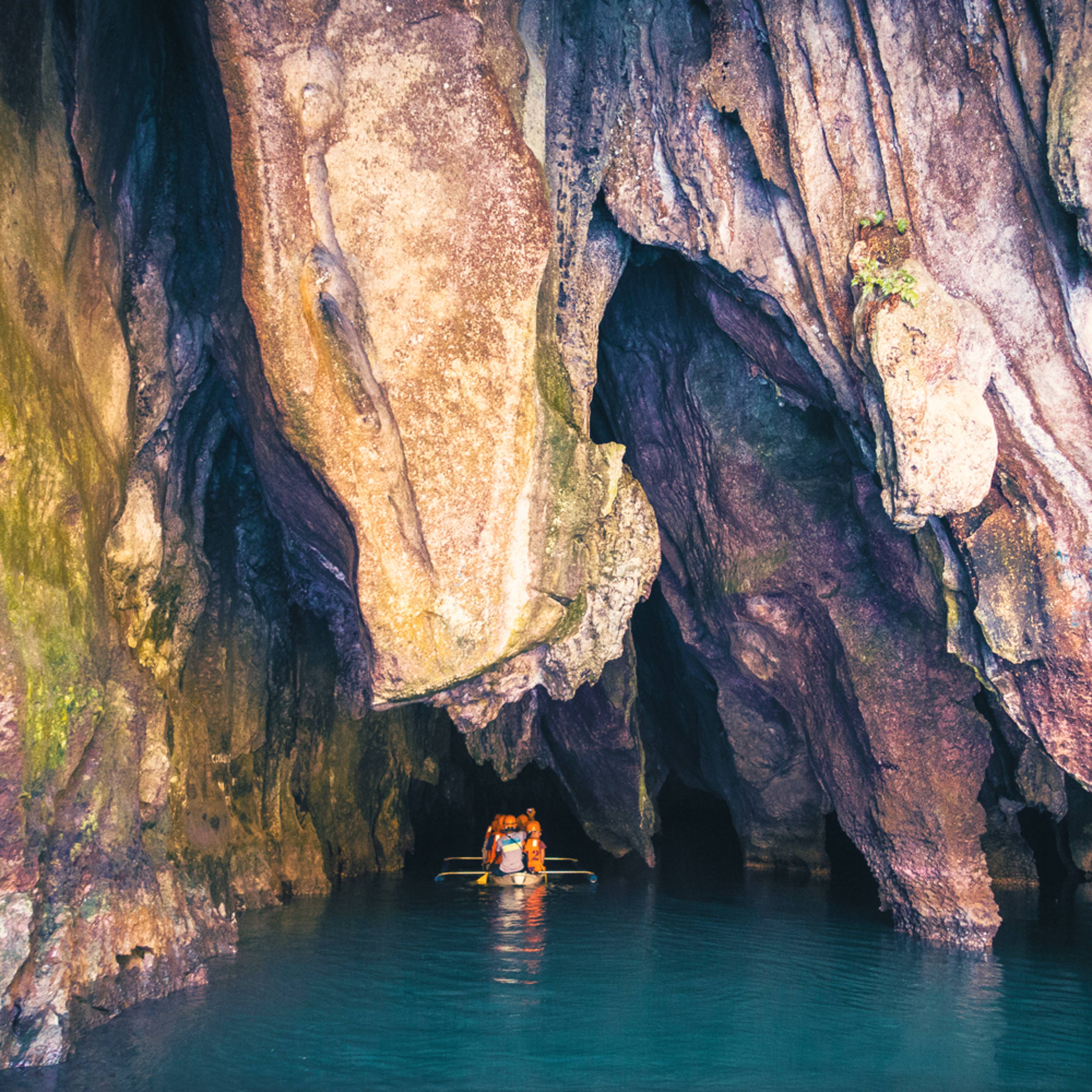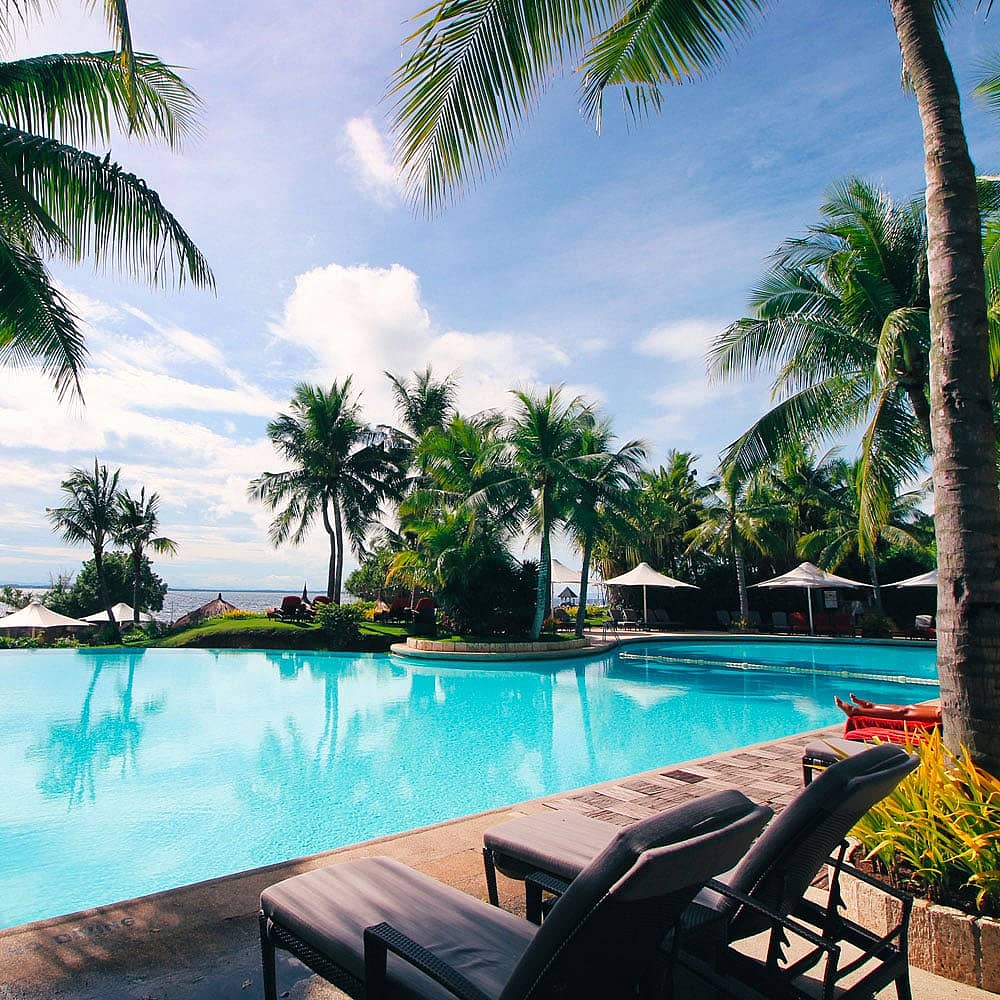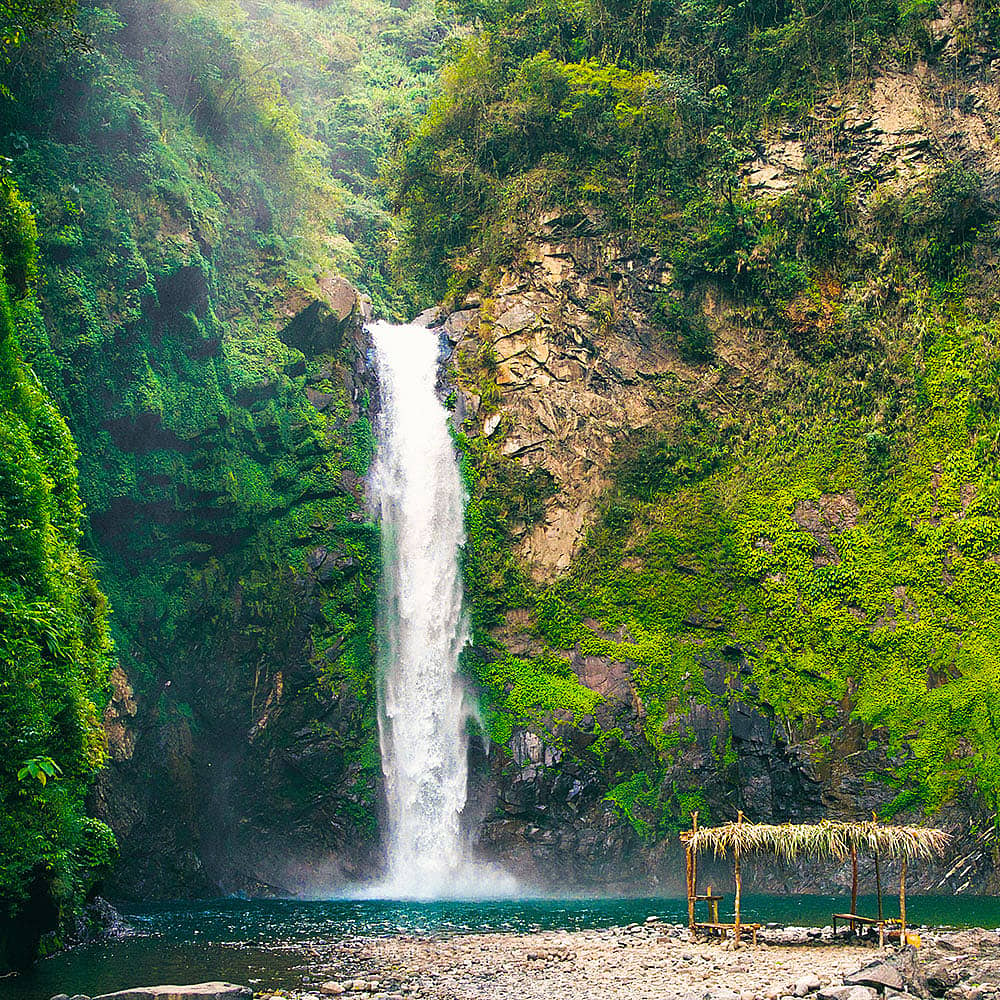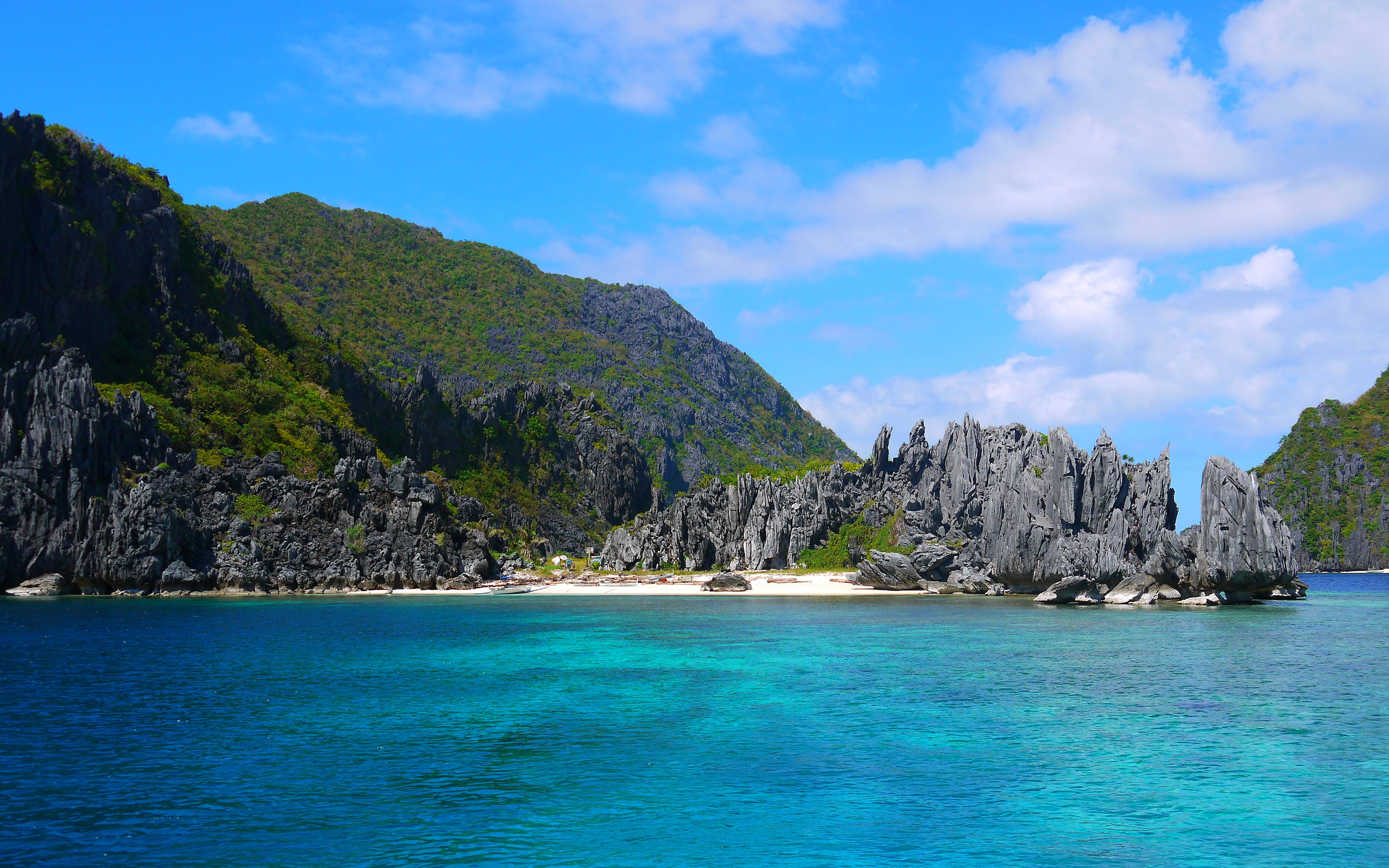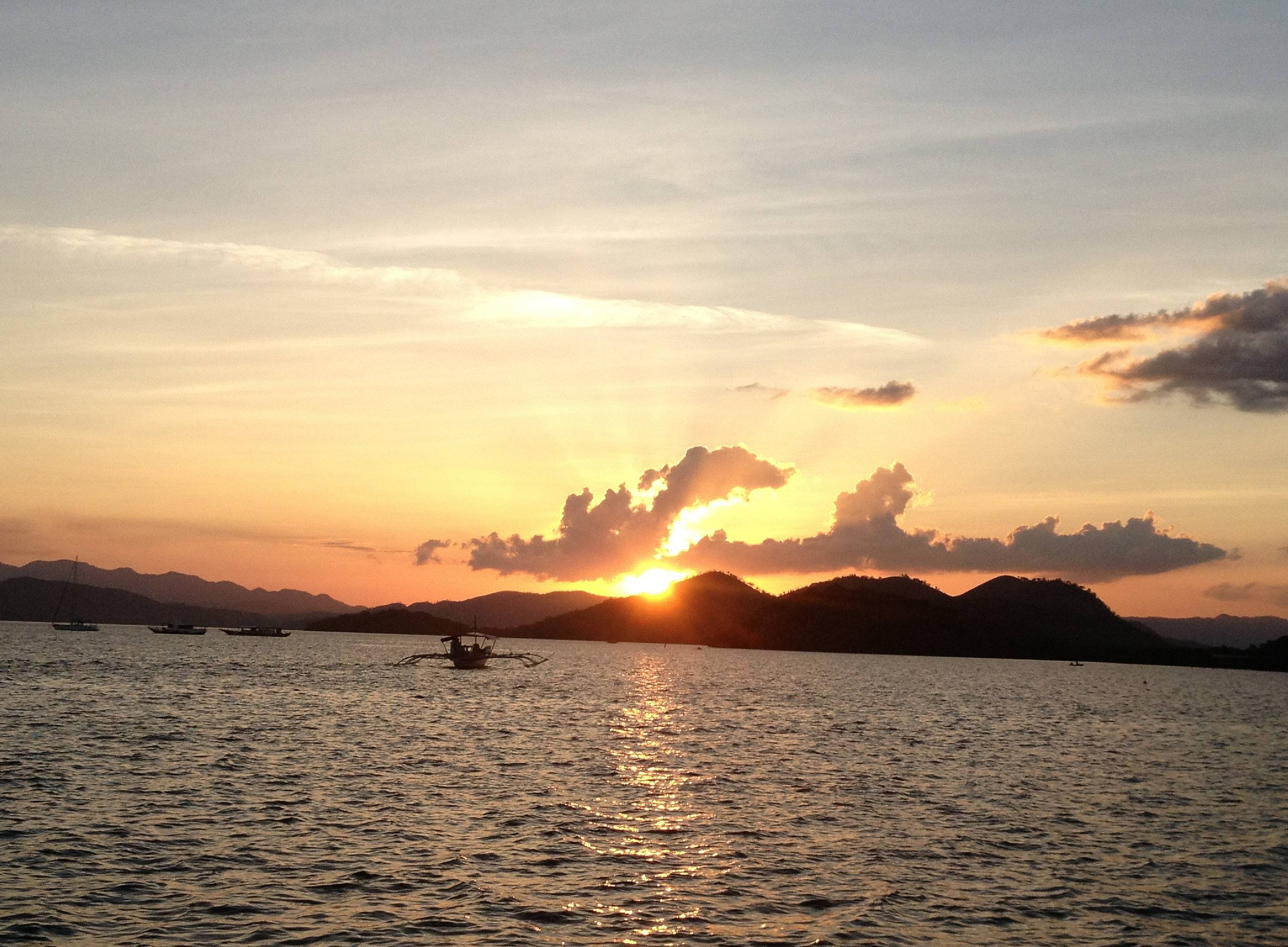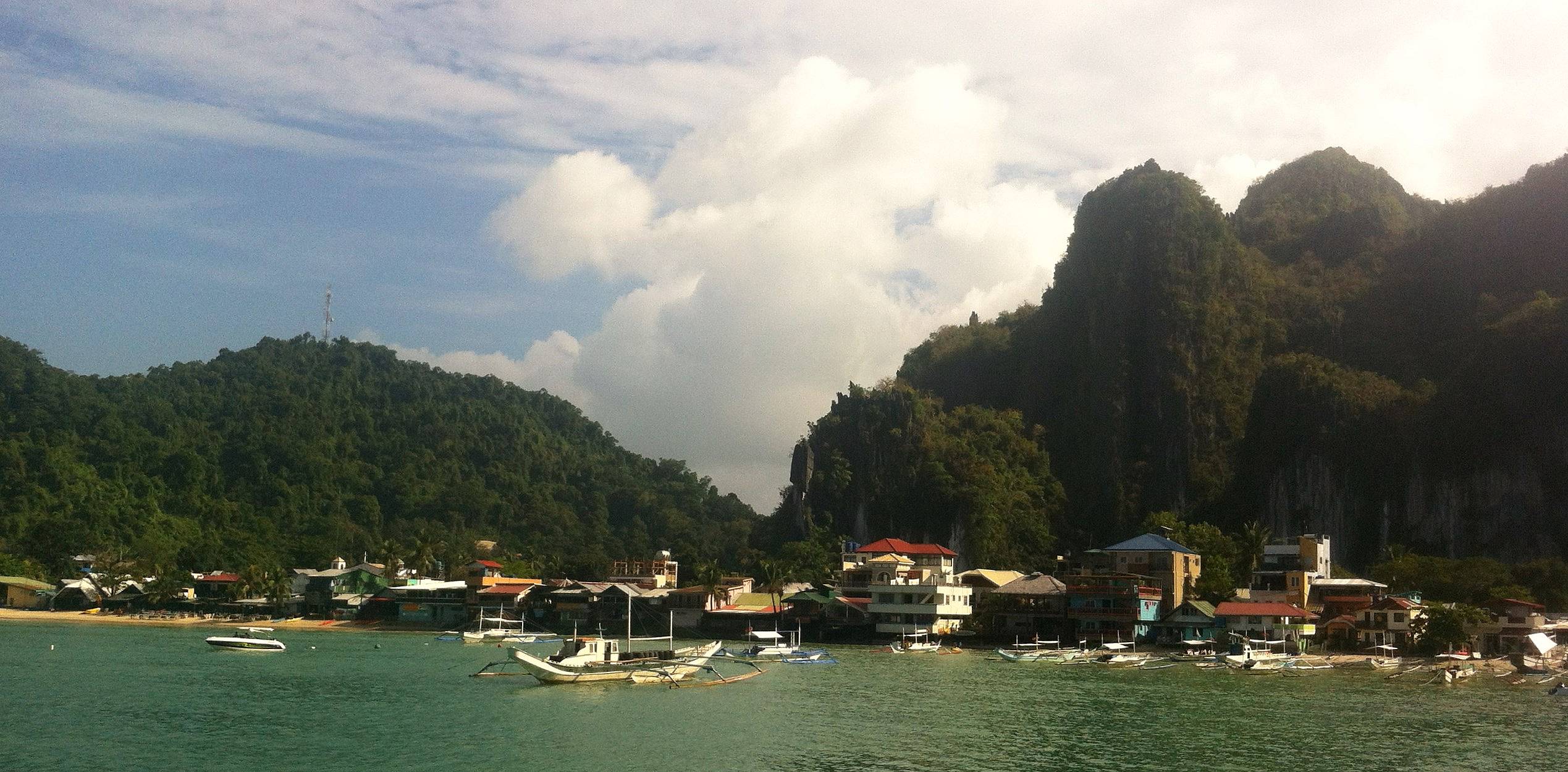
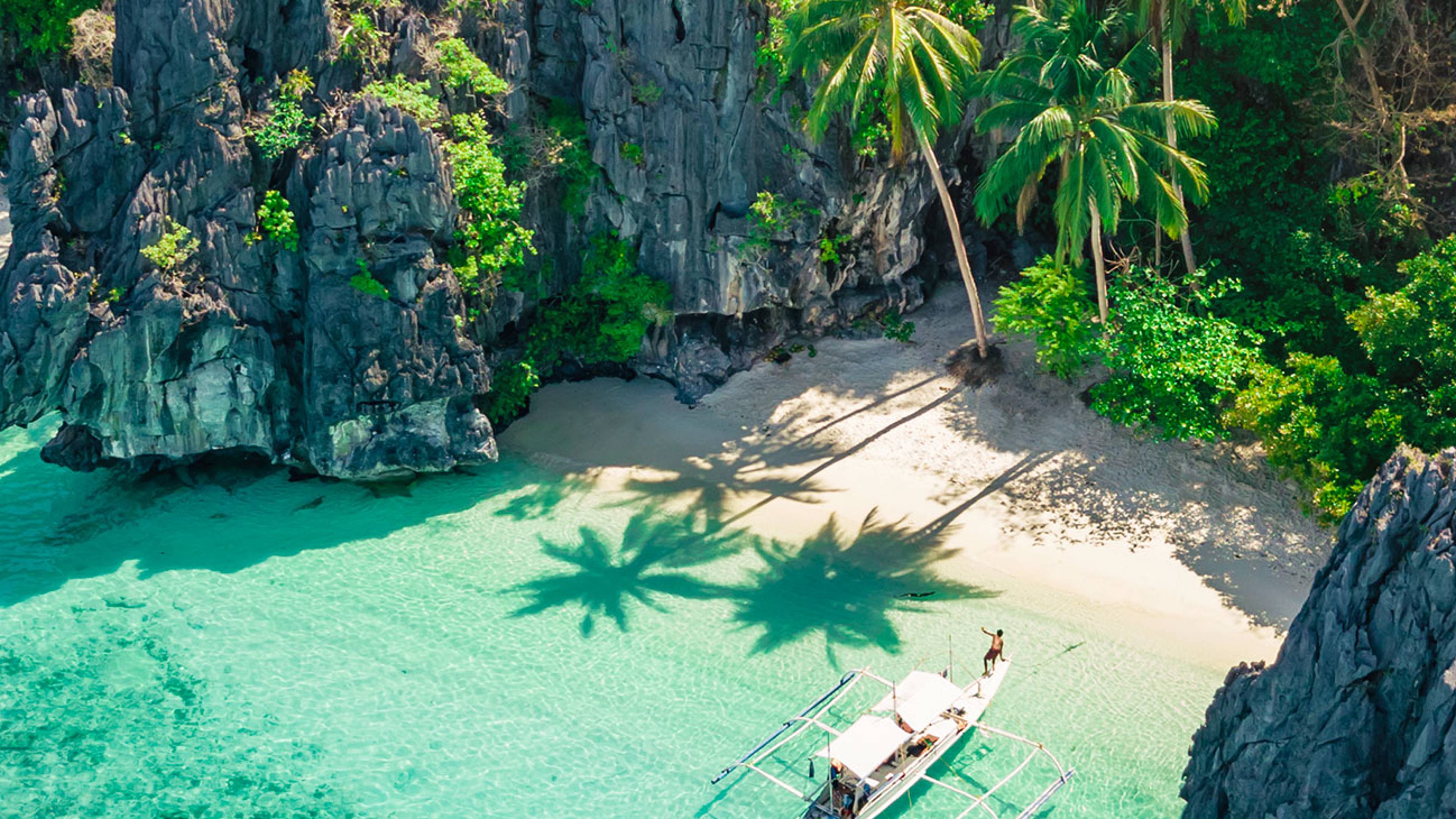
Travel in The Philippines
With over 7000 islands, the Philippines offer very diverse landscape in a tropical climate, all year round. Sometimes uneven, sometimes idyllic, it is the country's landscape that gives it all its character. The islands are a reflection of nature in its purest form: dense and luxurious jungle, fine sandy beaches, stunning animal reserve, underground rivers, magnificent diving spots... A trip to the Philippines will trigger a range of emotions and sensations. From the effervescence of Manilla to the hikes nestled within the territory, the change of scene is stunning! Are you ready for your next trip to the Philippines?

Travel as you wish to The Philippines
Guide to travelling in The Philippines
With more than 7000 individual islands making up this paradise of a country, it’s impossible to see it all or even narrow down a list of must-see locations. But that just means that wherever you end up in the Philippines, you’ll have endless choices of treks through incredible and varied landscapes, gorgeous sandy beaches, and plenty of adventures both on land and at sea. From the spectacular coral reefs to water so blue you can’t tell where it ends and the sky begins, from tropical gardens to world-famous rice fields.
Every island in the Philippines has something wonderful to offer. There are also plenty of surprises, like the world’s biggest underground river in Sabang or exotic and rare animals found throughout wildlife reserves. A trip to the Philippines is made up of unbelievable encounters, soul-stirring beauty, and moments of absolute relaxation.
Why go to the Philippines with a local travel agent?
The Philippines has been fast becoming a tourist hotspot in recent years, but many of its best destinations remain well-kept secrets. Tapping into everything that its thousands of islands have to offer up is a difficult task, considering that a simple Google search is not enough, and can be overwhelming. Local agents can help show you everything that the Philippines has to offer—including exciting and exotic locales that you've never even heard of.
Another way that local agents can play a major role in helping you design your Philippines holidays is in the organisation of your transportation and the logistics of your trip. If finding what you want to do on all those different islands is challenging, travelling between them once you’re there can be impossible without the aid of someone who knows what they’re doing. Many travellers who try to plan their own trips end up wasting entire days in transit. Our local travel agents in the Philippines know the ins and outs of hopping from one fabulous island to the next and all the secrets to explore once you get there.
What are the most common things to do in the Philippines?
The Philippines’ amazing islands means that the main activities to do while you’re there are all based on spending time playing and relaxing both in and near the beautiful ocean waters. Travellers to the Philippines love to spend their days:
- Snorkelling and scuba diving: The Philippines is home to some incredible aquatic life that can’t be seen anywhere else. Its miles of coastline means there are endless worlds to explore just beneath the surface for both the most experienced divers and families wanting to try for the first time.
- Kayaking: With gorgeous mountain formations surrounding tranquil waters on several of the Philippines’ most impressive islands, it offers the perfect opportunity to ride across the surface in a small Kayak while taking in the great scenery.
- Relaxing by the beach: Of course, no island escape would be complete without plenty of time spent lounging on a gorgeous beach, and with thousands upon thousands of beaches to choose from, there are endless possibilities to finding the perfect secluded spot to relax for days on end.
- Hiking: Volcanoes, mountains, and breathtaking rice terraces can all be found in the Philippines and offer both easy walks through unbelievable landscapes and challenging climbs for more experienced hikers.
- Island hopping: Thousands of islands means thousands of small adventures to be had. Take a traditional fishing boat, called a Paraw, out into the open waters and see the natural and cultural differences that make each of the 7,000 islands of this country unique.
When is the best time of the year to go to the Philippines?
There are only two seasons in the Philippines: Wet and Dry. Normally, June till the end of End of October is Wet Season with downpours from monsoons, and November through to May is the Dry Season with sunny beach-perfect days. Recently shifting weather patterns have affected this dynamic, however, with heavy rains happening in the traditionally dry seasons and brighter days showing up in the usually wetter months.
Because of that, the best time to go is mid-December through February when you’re most likely to get dry weather without the extremely high temperatures that come during the Philippine summer (mid-March through May). However, the secret of this beautiful wintertime escape is out—travellers should book their holidays at least 4 months in advance to ensure quality accommodations aren’t snapped up.
When is the typhoon season in the Philippines?
Typhoon season in the Philippines usually lasts from August until the end of November, but as mentioned earlier, shifting weather patterns have been known to make typhoons increasingly unpredictable.
Is it possible to travel during the typhoon season?
Typhoons should not make travellers uneasy about making plans to come to the Philippines. While Typhoons do often result in delayed or cancelled flights, the country is very used to the phenomenon and the travel industry has had years of practice to learn how to adapt and keep visitors safe as they make their way through the different islands. However, a strong recommendation from experts is to make sure you have travel insurance ensuring that you can be reimbursed in a worst-case scenario if your plans are completely upended by unpredictable weather.
What is the most unique off the beaten track experience in the Philippines?
The Philippines is filled with virgin islands that have not been touched at all by civilisation—it’s hard to get more ‘off the beaten track’ than a deserted island adventure through the Philippines. Specific tours can be designed that will allow you to hop from one deserted island to the next. Those intimidated by roughing it shouldn’t worry. Accommodations have been installed on many of the most rugged terrains to allow you to “glamp” rather than just camp; plush mattresses, fresh linens, and full bathrooms will let you feel like it’s your own private island before you jet off to the next destination.
What are the most remarkable islands to include in an island hopping tour in the Philippines?
As an archipelago that comprises so many different islands, it’s hard for anyone who has been to the Philippines to pick an absolute favourite. That being said, some highlights that keep tourists coming back year after year include the province of Palawan and the Coron municipality.
Palawan entices travellers with its wildlife, being home to dozens of endangered species at the Calauit Game Preserve and Wildlife Sanctuary. There are cottages perched above crystal blue ocean waters on stilts in the magnificent El Nido region, and quaint fishing villages that have helped cities like Puerto Princesa earn World Heritage status from UNESCO. Coron, meanwhile, has Japanese shipwrecks from the 1940s that have been transformed into cavernous underwater sites ready for exploration, mangrove tours, and horseback rides across its beautiful beaches.
Where are the best diving spots in the Philippines?
Puerto Galera on the island of Mindoro is known by scuba divers around the world as one the best, most diverse coral reef sites in all of Asia. With unique species of marine life and vibrant colours, diving is the best way to spend an afternoon before enjoying some of the island city’s beach bars and beautiful forest trails. Of course, the thousands of beaches scattered across the Philippines each offer something magical and totally different beneath the surface of the tranquil waters. Experienced and novice divers alike have made unbelievable memories in the waters of Bohol, Anilao, and Coron.
Which tours and activities are best to travel the Philippines in two weeks?
To get the most out of the Philippines with a full, two-week holiday, it’s two biggest attractions are not to be missed: the province of Palawan and the island chain of Visayas. The least populated area of the Philippines; Palawan’s islands and small fishing communities offer the most incredible opportunities to find yourself alone and taking in some incredible nature on a gorgeous mountainside, relaxing on a sandy beach, or even having an entire island to explore all to yourself. Every inch of this vast area offers you the chance to enjoy lakes, caves, or snorkelling off of a beautiful beach.
In addition to all of this, a two-week trip allows plenty of time to see what the Visayas have to offer. Cebu City brings incredible Spanish architecture like Fort San Pedro and the Basilica del Santo Nino. Bohol Island has Chocolate Hills that turn brown in dry weather, while rare primates roam Corella’s animal sanctuaries. With all that nature and adventure to take in, even two weeks won’t feel like nearly enough.
Why should I spend the honeymoon in the Philippines?
The Philippines is perhaps the best place in the world for a honeymoon. Nowhere else has so much stunning nature that has been hardly touched by civilisation; giving newlyweds the rare opportunity to feel like they have a paradise all to themselves.
The wealth of incredible islands means you can easily get away from tourist-filled areas to have a bit of secluded nature or a truly authentic Filipino experience. One that’s made easier and more unforgettable by the fact that most Filipinos speak excellent English and take pride in their reputation as some of the friendliest and most welcoming people in the whole world. Smiling faces, luxury accommodations, and the availability of truly private islands when you want some alone time, combine to make the Philippines into the perfect honeymoon destination.
What are the activities which the Philippines offer for a family with children or teenagers?
The Philippines might just be one of the most child-friendly destinations on the planet, or at least in Asia. Even in its most secluded regions and deserted islands, there are numerous family-friendly activities that can be arranged. While parents lounge on pristine beaches, teenagers and younger children can have fun jet skiing, surfing, and paddleboarding.
For those looking for something different, parasailing is also available at hundreds of locations. Back on land, the whole family can go on a dune buggy or ATV adventures across rugged terrains. There are also plenty of opportunities for easy or difficult treks, in some of the most beautiful landscapes in the whole world. Almost all the adventures and activities that the Philippines offers will entice children and teens outdoors, so the best time is to visit during the Dry Season from November to May with the best months, in particular, being between December and February.
How to travel safely in the Philippines under the martial law?
Those following the news may be wary of travelling to the Philippines after hearing about the implementation of the martial law—but the situation presents no danger or worries for the majority of sites that the Philippines has to offer. Currently, Martial Law is only in effect on the island of Mindanao. Locals will assure you that even if you choose to visit some of its tourist attractions, like the beautiful cities of Siargao and Camiguin, you probably won’t notice anything unusual or feel unsafe.
The dangerous activities that led to martial law are mostly restricted to remote communities that tourists can easily avoid, and if using common sense—such as not engaging in any criminal activity or walking alone late at night—visitors have nothing to fear. If the idea of Martial Law still makes you feel uncomfortable though, simply planning your trip around the 6,999 other islands besides Mindanao means you would never come into contact with it.
What vaccinations are required before going to the Philippines?
Unlike some other tropical destinations, travel to the Philippines doesn’t call for any particular vaccinations, especially not in the destinations that are most frequented by visitors. All travellers will want to double check with their own doctor before international travel, however, to make sure that their basic vaccinations are up to date. And locals will always advise having plenty of bug repellent and sunscreen wherever you go.
When to go in The Philippines?
Our advice for your holiday in The Philippines
Traveller reviews of their trip to The Philippines
Thanks to our partner Option Way, Evaneos allows you to benefit from numerous advantages:
- Competitive rates
- All-inclusive prices with no hidden fees
- Your local agent will inform you of any changes to your flights
You can also book your flights on our partner site.
